Women & Situational Awareness | Mace®
What Women Need to Keep in Mind When it Comes to Personal Safety
Advice from an expert who teaches women how to practice situational awareness
According to UN Women, the United Nations entity that is dedicated to gender equality and the empowerment of women, an estimated 736 million women globally—almost one in three—have been subjected to physical and/or sexual intimate partner violence, non-partner sexual violence, or both at least once in their life. That’s 30 percent of women around the world aged 15 and older.1
What does that tell us? Women are at risk of violence in their lifetime, and guarding personal safety is essential. But, how can women better protect themselves? What can they do differently that will make an impact? We talked to Kelly Sayre, Founder and President of The Diamond Arrow Group to find out how women can enhance personal safety in their daily lives.
Kelly Sayre empowers women with realistic tactics and tools to help them live life safely and on their terms. Her approach to women’s safety emphasizes non-physical, proactive situational awareness techniques that recognize and avoid threatening situations before they happen.
Why are so many women victimized?
For so long, societal mores and social contracts have been telling women how we should act and what we should think. What our role is and what’s expected of us. Women often brush off things that aren't okay because it’s been reinforced over time that we shouldn’t speak up or we face ridicule.
The other reality is that it comes down to what amounts to a predator and prey scenario. A predator is going to go after prey it believes is weaker or won’t defend itself. But, there are ways women can protect themselves from these threats and potentially avoid violence. Sadly, that’s not always possible, and there’s no one ironclad way to avoid violence altogether. But there are steps women can take to be safer in their daily lives.
How can women protect themselves?
We can be more present and aware. Being situationally aware in the law enforcement world is different from the civilian world. By staying present and curious about our environment, we notice when something or someone’s behavior is “off”. There’s a lot of talk about “being present” and “living in the moment,” but many women aren’t thinking about what that means relative to personal safety.
When you practice certain skills that enhance your safety every day—paying attention to your surroundings, trusting your instincts, carrying a protection device, for example—you are being present. You are practicing using your senses to observe what you hear, see, smell, and touch as you move through the world. You’re paying attention to what makes you feel safe and what doesn’t. And you’re taking a proactive step to protect yourself if need be.
It’s also about establishing boundaries— emotional and physical—and enforcing them. Again, this can be challenging for women, who are often mocked for standing their ground. We never need to apologize for having boundaries or for enforcing them. If something doesn’t make you feel safe in your daily life, it’s okay to say or do something about it.
How do you protect yourself?
Here’s an example, if I go running in the early morning by myself. And let’s say I see a car go by me. Then the same car passes again and turns around. Because I’m paying attention—and I have my Mace pepper spray in my hand to enforce my boundaries—I’m increasing my chances of being left alone if the person in that car means to do me harm.
I have a visual deterrent with Mace in my hand. A predator looking for a victim is going to see my hand and say, “Nope. I'm waiting for the next person who doesn't have Mace and doesn't look like they're paying attention to what’s happening around them.” Because that person who isn’t practicing being mindful and aware is an easier target.
What shouldn’t women do?
Enhancing your safety is not about constantly running scenarios and being freaked out. It's about being curious about yourself. Ask yourself what does and does not feel safe—and then take action to put solutions that work for you into practice.
Determine what your boundaries are—and then enforce them. For instance, let’s say you want to feel confident by saying something out loud to enforce your boundaries. That takes practice, especially if you’re not used to doing it. If you were to take a self-defense class, you would practice the skills you learn. The same is true here. So the next time something or someone makes you feel unsafe–say something. Normalize it.
Learn more about situational awareness training with Kelly Sayre and explore Mace’s full range of self-defense products for women.
Reference:
1 UN Women. Facts and figures: Ending violence against women. Last updated: February 2022. Accessed: October 2022.



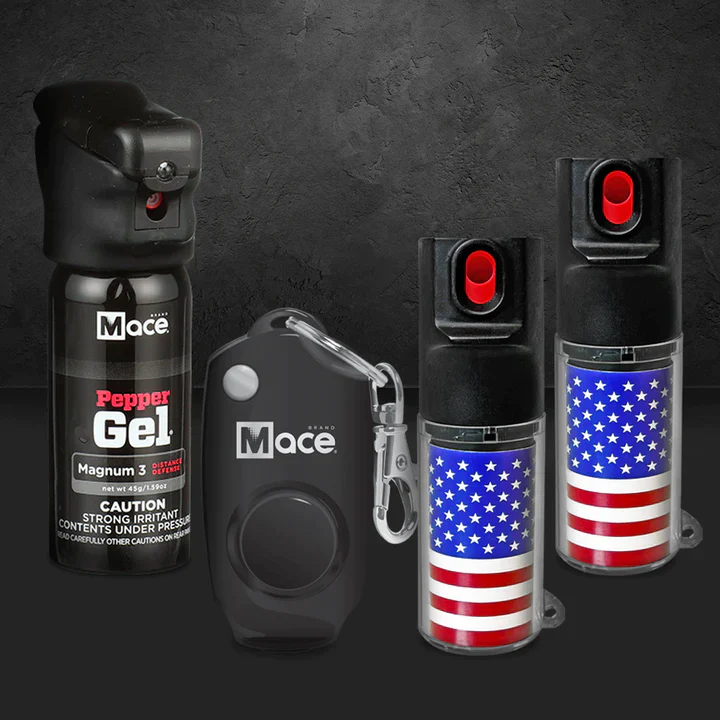
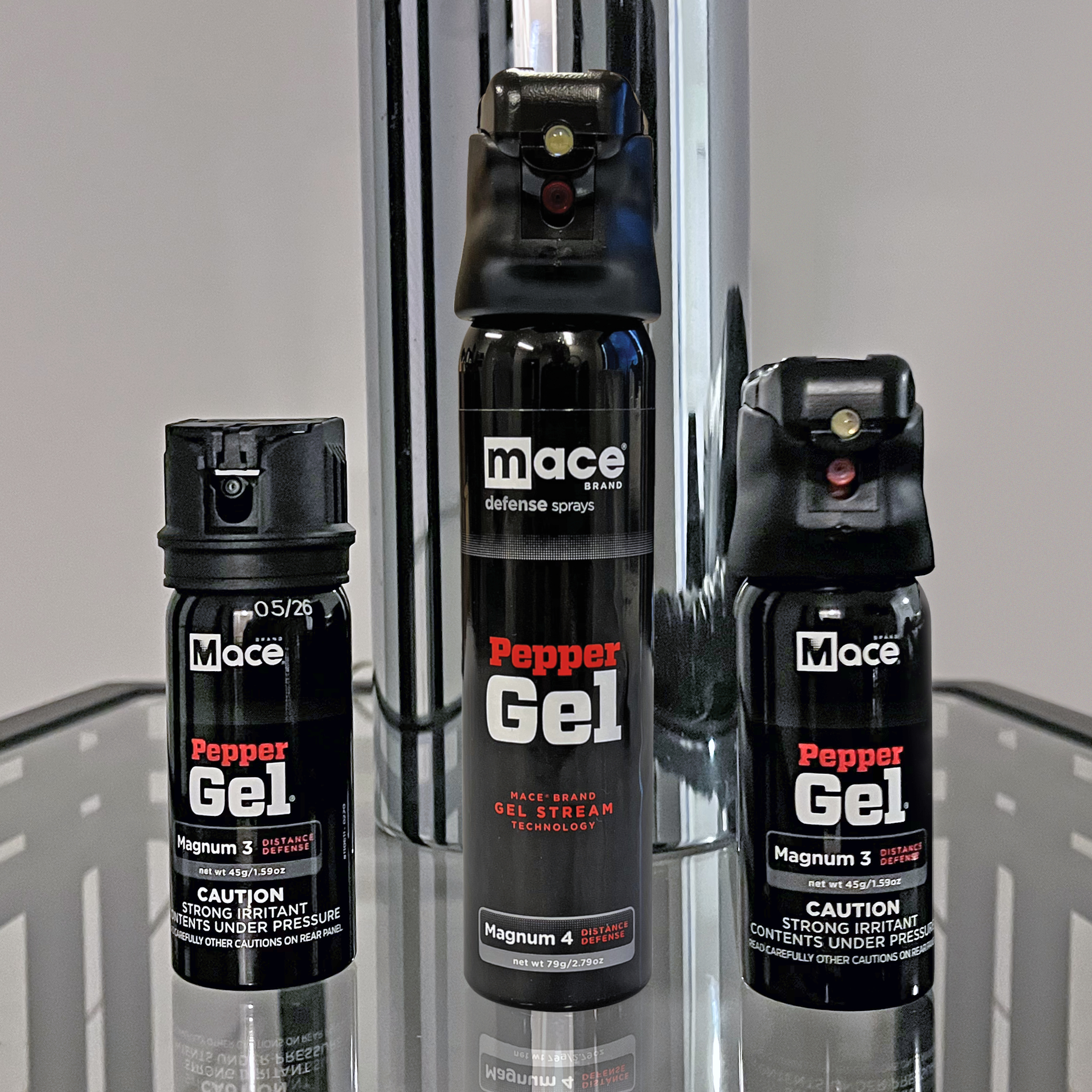

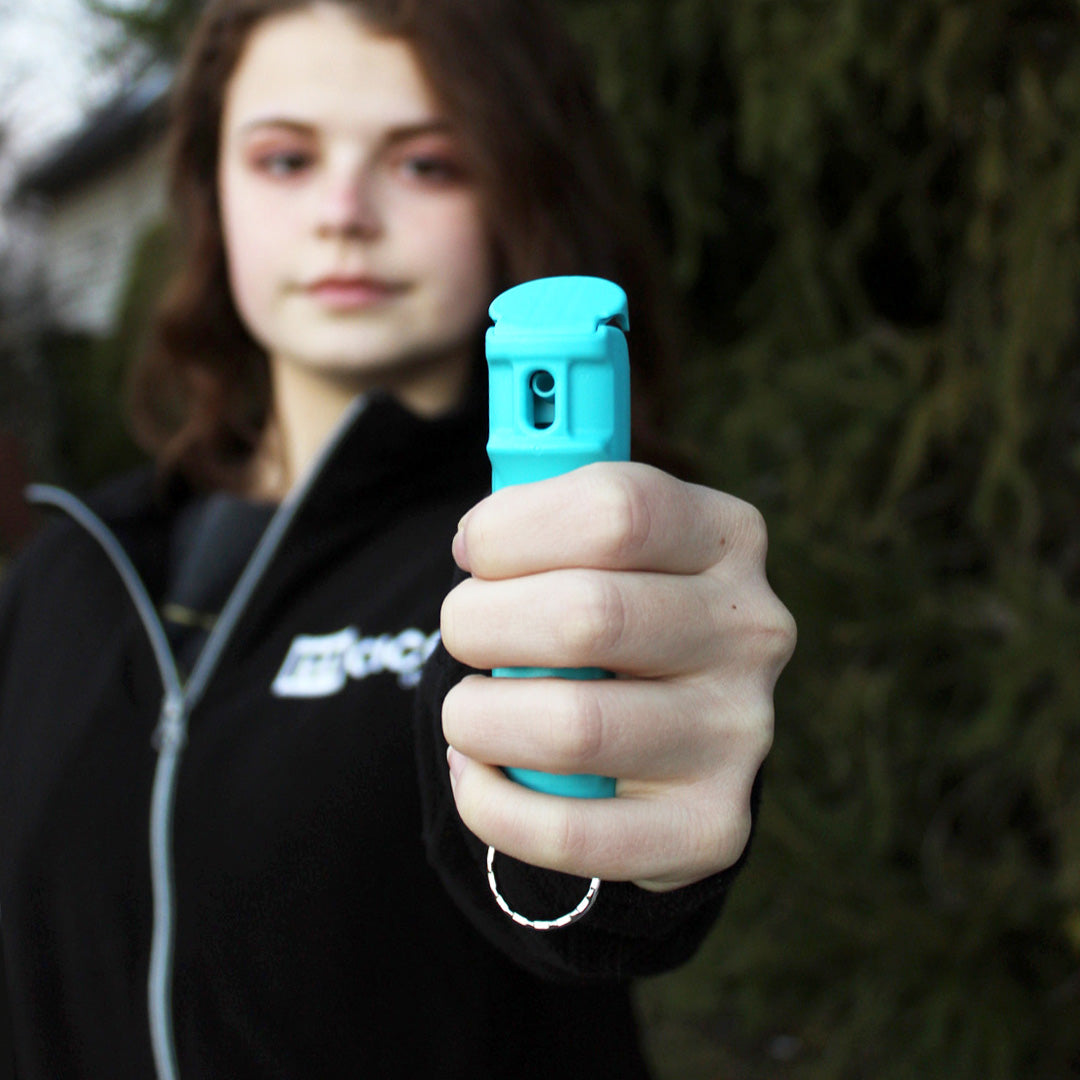
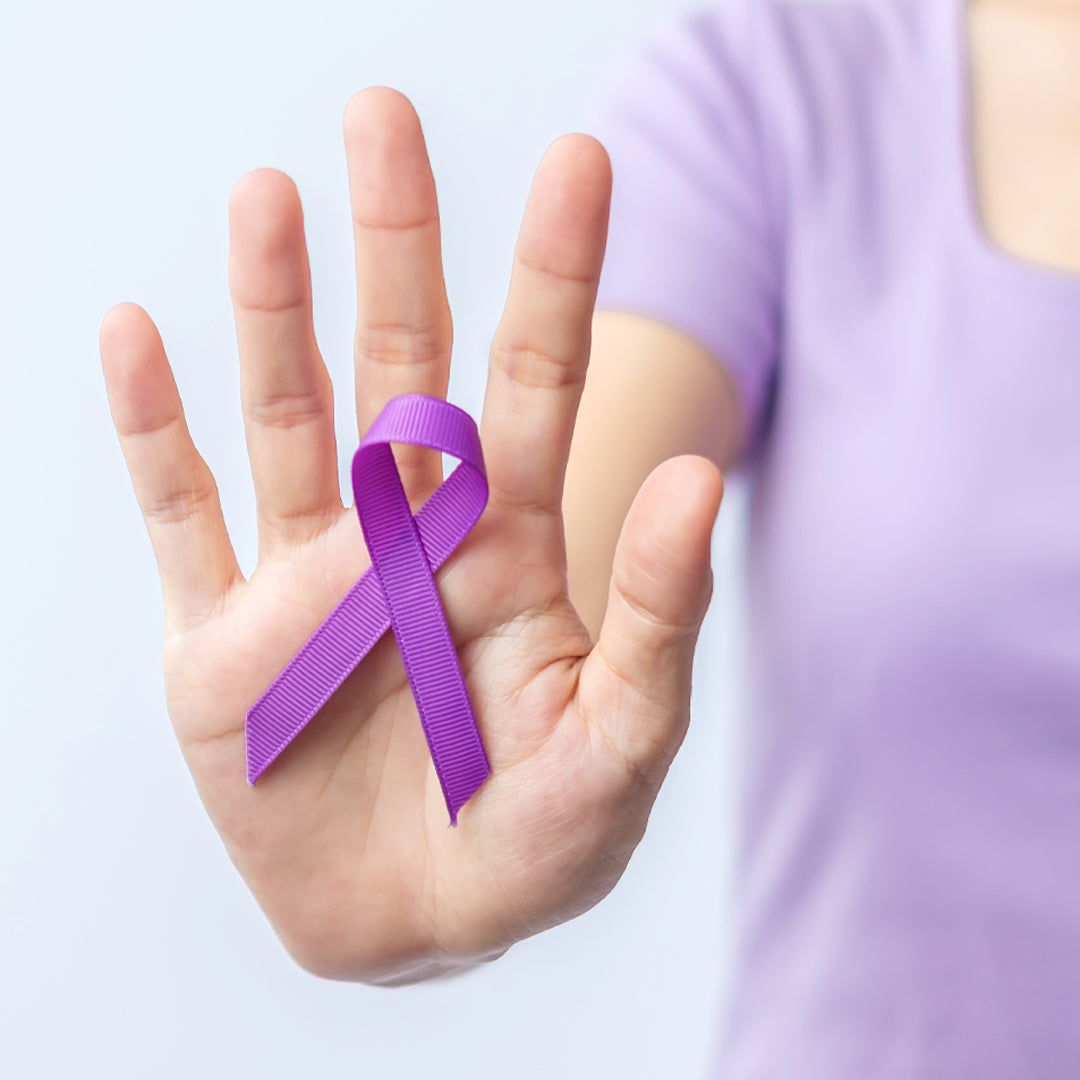
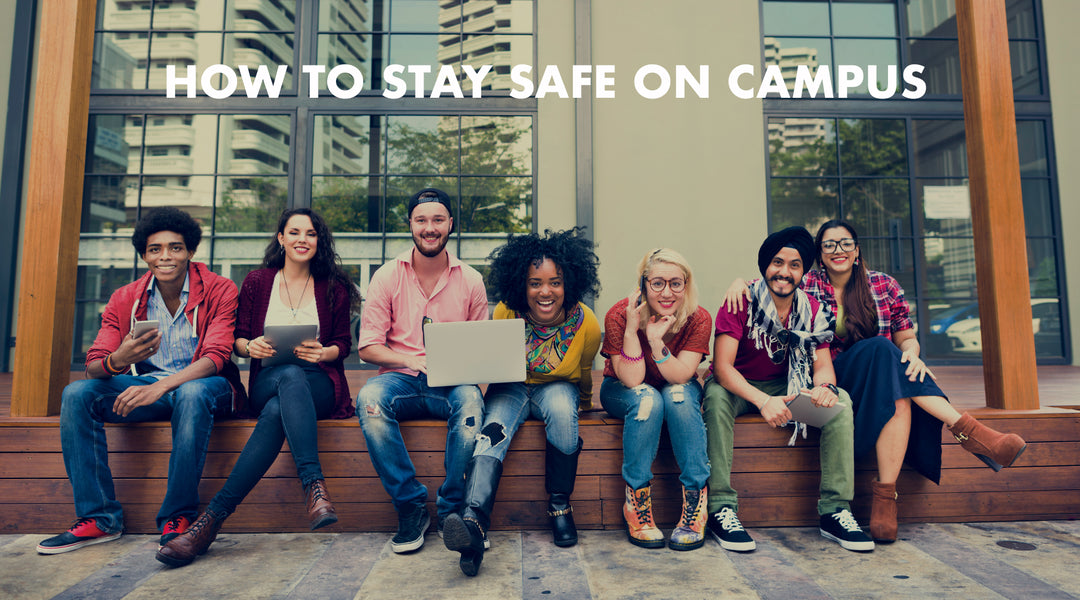
Leave a comment